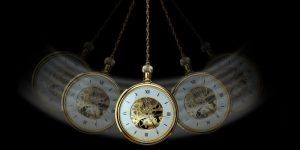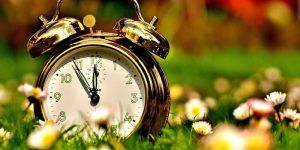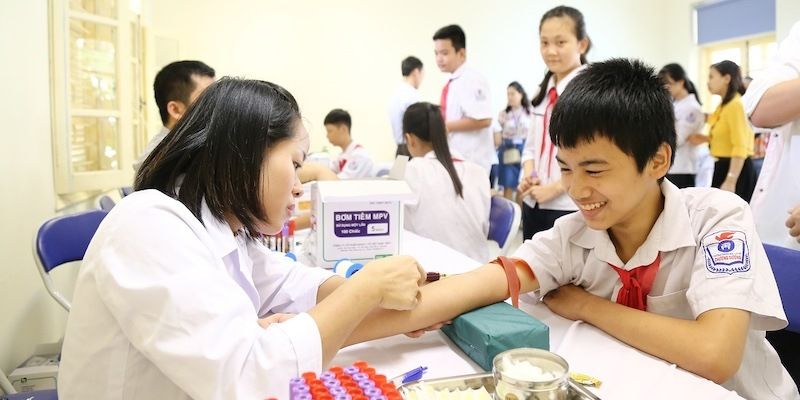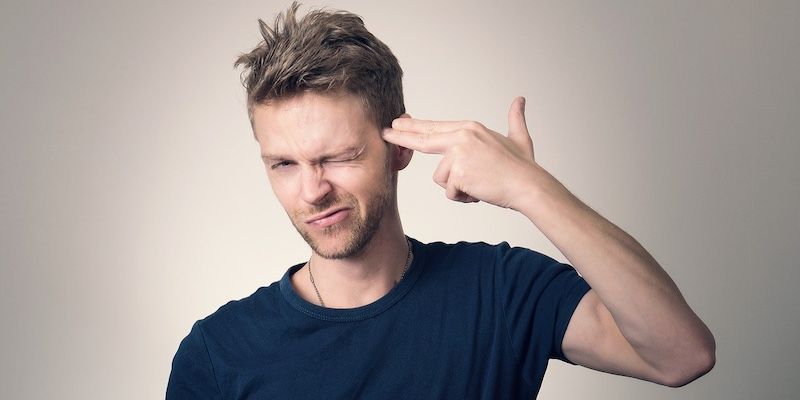Sleep
Our circadian rhythms are crucial to good sleep, and good sleep is crucial to good health. Long-term sleep disruption is associated with obesity, diabetes, cancer, and cognitive decline, among other issues (Knutson & Van Cauter, 2008; Mogavero et al., 2021; Wennberg et al., 2017).
Under optimal circumstances, the hormone cortisol peaks shortly after you wake up, setting the timer for the cycle of alertness and tiredness that will lead you back into sleep many hours later (Dickmeis, 2009).
But that process can easily be disrupted. Sunlight is the primary cue for the body to produce that spike in cortisol, although eating and physical activity also contribute. Without exposure to sunlight within the first hour after waking, our circadian clock might not be properly entrained. Artificial lights, which we are more likely to see in the morning, are not usually bright enough to do the job (Potter et al., 2016).
And it gets worse. While we see too little light in the morning, we see too much in the evening. The artificial lights of our homes, mobile phones, and computer screens blaze brightly in the evening after the sun has gone down, cueing our circadian clock to keep us unnaturally alert so that we do not sleep as early or as deeply as we should (Potter et al., 2016).
Optimal bodily functioning
As well as our sleep, circadian rhythms influence various aspects of metabolism such as hormone release, appetite, digestion, and body temperature, all of which are essential to the proper functioning of our bodies (Potter et al., 2016).
Disruptions of these systems due to disrupted circadian rhythms increase the risk of physical health problems, including cardiovascular disease, obesity, diabetes, and cancer. This happens partly due to the direct effects of circadian disruption on metabolism and partly due to its influence on food preferences. People are more tempted by fatty and sugary foods when sleep deprived (Simon et al., 2015).
Performance
As might be expected, the effects of circadian rhythm on the functioning of our bodies have implications for both physical and mental performance.
In one study, researchers found that swimmers were fastest 90 minutes after the drop in body temperature that happens each evening (Kline et al., 2019). In others, they have found that athletes showed diurnal (daily) variation in key indicators of performance such as VO2 max, strength, flexibility, sprint speed, and reaction time (Knaier et al., 2019; Vitale & Weydahl, 2017).
As regards mental performance, there is evidence that cognitive functions are affected by arousal levels, which are in turn affected by circadian rhythms. This is particularly true for those cognitive functions that are involved in top-down cognitive control, such as inhibition, working memory, task switching, and psychomotor vigilance (Xu et al., 2021).
Mental health
Disturbed circadian cycles are the rule rather than the exception across all categories of mental illness (Baglioni et al., 2016). In one study of 121 adults receiving treatment in a community mental health center, over 85% met criteria for two or more sleep-circadian problems (Sarfan et al., 2021).
The relationship between circadian rhythm and mental health seems to run in both directions. Disruptions to circadian rhythm contribute to mental health problems, while mental health problems in turn contribute to disrupted circadian rhythms (Meyer et al., 2024).
There are several mechanisms that might contribute to this relationship, including lack of exposure to daylight, disturbance to sleep and its important role in emotional processing and neuroplasticity, and effects on the microbiome (Meyer et al., 2024).
Insomnia and hypersomnia (which imply circadian disruption) are so common in depression that they are part of the diagnostic criteria for the condition (World Health Organization, 2019), and around a third of people with major depression experience both (Geoffroy et al., 2018).
Alongside these gloomy facts, however, we can set the prospects for treating depression with interventions targeting the circadian clock. There is evidence that exposure to very bright artificial light in the morning can be effective in treating both seasonal depression (or seasonal affective disorder) and depression at large (Lewy et al., 2006; Al-Karawi & Jubair, 2016).
As with other mental health problems, there is a strong link between anxiety and sleep disorders, with 24% of those with anxiety disorders also experiencing insomnia, and 28% experiencing hypersomnia (Ford & Kamerow, 1989).
Again, as with other mental health problems, causality is likely to run in both directions. It is hard to fall and stay asleep when anxious. Whereas disturbed sleep means impaired emotional processing during sleep, which means, in the daytime, more anxiety, hyperarousal, rumination, and emotional reactivity (Van Someren, 2021).
Circadian rhythm disorder
While circadian rhythm disorders are classified in the International Statistical Classification of Diseases and Related Health Problems (World Health Organization, 2019) as sleep–wake disorders rather than mental and behavioral disorders, they are, as set out above, very often associated with mental health problems of various kinds.
A circadian rhythm disorder is a problem that occurs when your circadian rhythm is out of step with your environment. They include (National Heart, Lung, and Blood Institute, 2022):
- Advanced sleep–wake phase disorder: Going to bed very early and rising very early
- Delayed sleep–wake phase disorder: Going to bed very late and rising very late
- Irregular sleep–wake phase disorder: When sleep is broken up into several short periods throughout the night and day
- Non-24-hour sleep–wake phase disorder: When the sleep–wake cycle is not 24 hours long
- Jet lag disorder: When crossing time zones while traveling leaves you out of sync when you arrive at your destination
- Shift work disorder: When switching between day and night shifts leaves you out of sync with your working hours or the world around you
 Circadian rhythms are the daily cycles of our bodily processes, such as sleep, appetite, and alertness.
Circadian rhythms are the daily cycles of our bodily processes, such as sleep, appetite, and alertness.
 Our bodies use a range of cues to set their internal clocks.
Our bodies use a range of cues to set their internal clocks.


